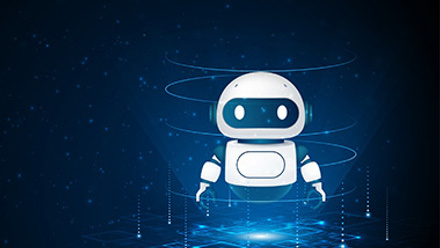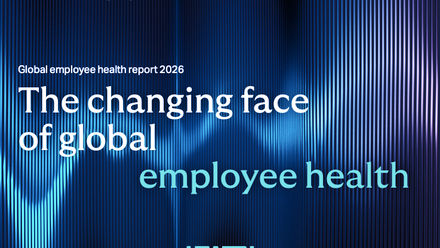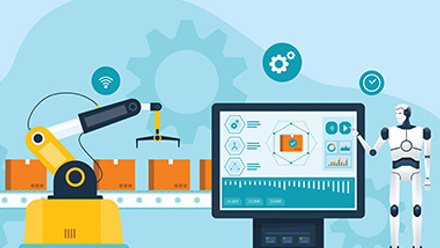The pros and cons of automation within reward roles – and the pitfalls to avoid
Automation is everywhere in the HR and reward space. When used well, it can save time, boost accuracy, and even improve the employee experience.
But let’s not kid ourselves, automation is not a magic wand. REBA/Howden Employee Benefits Research (2025) found that one third of proposed benefit changes were rejected because of poor data quality. That statistic should make us pause.
Technology without strong governance and human insight can easily create more problems than it solves.
So, what are the real upsides and downsides? Here are some reasons automation is worth your attention, and some why it still needs careful handling.
The case for automation
- Efficiency and time savings: According to Deloitte’s 2024 report, Modernizing HR, HR professionals can spend up to 57% of their time on administrative tasks. Automation could take repetitive tasks such as pay gap reporting and benefits enrolment off your plate.
- Consistency and standardisation: Automation applies policies the same way every time, which helps eliminate human error and strengthens governance across the workforce.
- Scalability: When organisations grow, automation grows with them. Complex reward structures can be managed without multiplying headcount.
- Improved data insights: AI-driven analytics reveal patterns quickly. A study published in the Harvard Business Review highlights how AI-powered compensation systems improve transparency and fairness. Companies using these systems report a 25% decrease in gender pay gaps within two review cycles.
- Strategic agility: When reward teams have timely, accurate data, they can model different pay or benefits scenarios and adapt quickly to changing market conditions.
Risks and pitfalls
- Loss of nuance and the human touch: Automation is brilliant with rules, less so with context. It might process a job title, but it will not know that two roles with the same title can look very different in practice. Reward and recognition are not just about systems. A pop-up notification saying “Well done” is not quite the same as a manager’s heartfelt thank you.
- Over-reliance on technology and the risk of complacency: Automation bias is real. Forbes Automation Bias Research (2024) found that over half of decision-makers accepted flawed algorithmic suggestions without challenge. When systems tick along in the background, it is easy to stop asking questions. But errors and biases can creep in quietly and stay hidden until they cause real trouble. A useful reminder that the human brain still has a role to play and it’s becoming even more important.
- Governance and compliance challenges: Keeping automation compliant is not a one-off task. Legislation around pay transparency and AI is moving fast. The EU Pay Transparency Directive must be implemented by 2026, requiring clearer reporting on salary ranges and gender pay gaps. From August 2025, the EU AI Act will classify HR and reward systems as “high-risk AI,” requiring risk assessments, transparency labelling, and clear human oversight. Without ongoing governance, automated systems risk drifting out of compliance and exposing organisations to fines or reputational harm.
- Employee distrust: Matheson Workplace AI Trust Study (2025) cites a Workday study in which only 52% of employees welcome AI, while 23% lack confidence that their organisation will put employees’ interests first.
- Hidden costs: The licence fee is only the beginning. Integration, training, maintenance and cybersecurity could anecdotally inflate costs by as much as 20% to 35% above initial yearly estimates.
Finding the balance
The trick with automation is balance.
- Combine automation with human judgement. Let the technology crunch numbers, but keep people involved where context and empathy matter.
- Put transparency first, explaining how systems work and building confidence in outcomes.
- Invest in governance, regularly reviewing data quality, compliance, and bias.
- Treat automation as a journey, not a project with an end date.
Final thought
Automation is here to stay. Its benefits are real, but so are the risks. Used well, it can bring consistency, efficiency, and sharper insights. Used poorly, it can alienate employees, embed bias, and create compliance headaches.
The future of reward is not about people vs machines. It is about people with machines. Automation should do the heavy lifting, while humans provide the fairness, empathy and nuance that no algorithm can replicate.
Or to put it another way: let the robots handle the admin and let the humans do what humans do best - bringing reward strategies to life.
Supplied by REBA Associate Member, Turning Point
Our data and insight helps organisations build the best reward strategy for their business and people.








